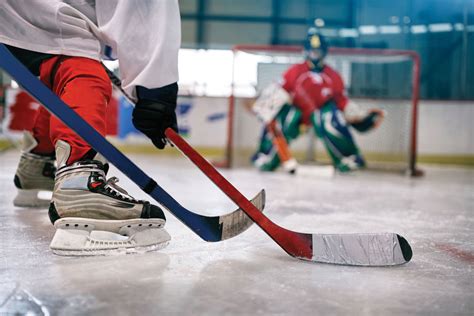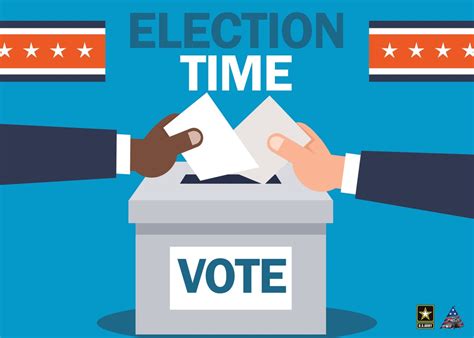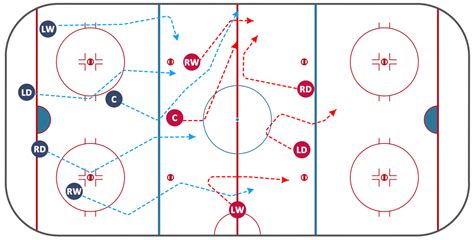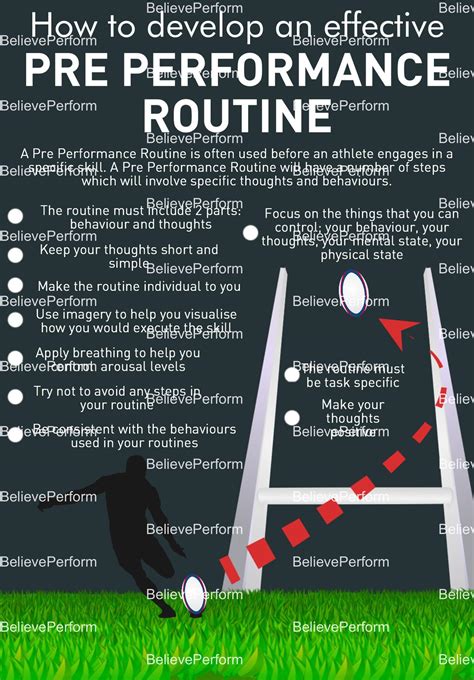Explore essential hockey drills for beginners, improve skating skills, build endurance, and enhance mental strategies to achieve training goals and track progress effectively.Are you a newcomer to the exhilarating world of hockey? Whether you’re lacing up your skates for the first time or looking to sharpen your skills on the ice, our comprehensive guide to hockey training tips for beginners is here to help you. Understanding the fundamentals is crucial for a successful start, and we’ve curated essential drills, skating techniques, and endurance-building exercises to elevate your game. Additionally, practicing mental strategies and tracking your progress can significantly enhance your training experience. With the right mindset and dedication, you can make significant strides in your hockey journey. Dive into our expert insights and take your first steps toward becoming a confident and capable player on the ice!
Essential Hockey Training Drills For Beginners
When diving into Hockey Training, beginners should focus on mastering fundamental skills through specific drills. Here’s a selection of essential drills to help enhance your hockey capabilities and establish a solid foundation:
- Puck Control Drills: Start with simple stickhandling exercises. Move a puck back and forth around obstacles, or practice controlling the puck while skating in a straight line and then transitioning to turns.
- Passing Drills: Find a partner or use a wall to practice passing. Work on different types of passes, such as wrist passes and saucer passes, to develop accuracy and strength.
- Shooting Drills: Focus on wrist shots and slapshots from various angles. Use targets to improve your accuracy. Practicing shooting while stationary and moving will greatly enhance your goal-scoring abilities.
- Agility and Balance Drills: Set up cones or other markers to navigate through for footwork drills. This will improve your agility on the ice, essential for maneuvering and positioning during play.
- Basic Defensive Drills: Work on body positioning and stick checking. Pair up with another beginner and practice defending against each other, focusing on maintaining an appropriate distance.
- Conditioning Drills: Incorporate sprints on the ice and off-ice exercises like running or cycling to build endurance. Ice drills, such as skating laps or shuttle runs, can also significantly improve fitness levels.
By integrating these essential drills into your Hockey Training regimen, you can ensure a well-rounded development of your skills. Consistency and persistence in practicing these drills will lead to noticeable improvements on the ice.
Improving Skating Skills Through Consistent Practice
Skating is an essential component of ice hockey, and enhancing your skating skills is crucial for overall performance. To improve your skating abilities, it’s important to incorporate hockey training drills that focus on technique, speed, and agility. Here are some effective strategies to develop your skating skills through consistent practice:
Consistency is key when it comes to improvement. Aim to practice your skating skills multiple times a week and track your progress to see how far you’ve come. Remember, every small improvement contributes to your overall growth as a player in hockey training.
Building Endurance For Enhanced Performance In Hockey Training
Endurance is a crucial element in hockey training, as it directly impacts a player’s ability to sustain high levels of performance throughout a game. Improving your endurance allows you to maintain speed, agility, and decision-making skills as fatigue sets in. Here are some effective strategies to build your endurance for enhanced performance:
- Interval Training: Incorporate high-intensity interval training (HIIT) into your routine. This involves alternating between short bursts of intense activity and periods of rest or lower intensity, mimicking the stop-and-go nature of hockey.
- Long-Distance Running: Aim for longer, steady-state runs once or twice a week. This helps build your aerobic capacity, allowing your body to use oxygen efficiently, which is vital during intense games.
- Plyometric Exercises: Engage in exercises such as box jumps, burpees, and jump squats to improve your explosive power and cardiovascular endurance, crucial for sprinting on the ice.
- On-Ice Conditioning: Use skating drills to improve your endurance directly related to the sport. Focus on longer shifts during practice sessions to simulate game conditions, practicing skating at various speeds.
- Cross-Training: Incorporate other forms of exercise, such as swimming, cycling, or rowing, to challenge your body in different ways while improving overall stamina and reducing the risk of injury.
Combining these endurance-building exercises with a well-rounded hockey training program will prepare you for the demands of the game, ensuring that you can perform at your best from the first whistle to the last. Remember to listen to your body and rest when necessary, as recovery is a vital part of improving endurance.
Key Mental Strategies To Boost Your Hockey Training
Developing a strong mental game is just as important as physical training in hockey. Here are some effective strategies to enhance your hockey training through mental conditioning:
- Visualization: Spend a few minutes each day imagining yourself successfully executing various hockey skills and plays. This not only boosts your confidence but also helps in muscle memory development.
- Goal Setting: Set SMART (Specific, Measurable, Achievable, Relevant, Time-bound) goals for your practice sessions. For instance, instead of saying I want to skate faster, aim for I want to reduce my sprint time by two seconds over the next month.
- Positive Self-talk: Cultivate a habit of using positive affirmations. Replace negative thoughts like I can’t do this with empowering phrases like I am improving every day. This simple shift can enhance your focus and motivation.
- Mindfulness and Focus: Practice mindfulness techniques, such as meditation or breathing exercises, to improve concentration. Staying present during practice helps reduce anxiety and increases your ability to learn new skills.
- Routine Development: Create a consistent pre-practice and pre-game routine. This can help you mentally prepare and establish a sense of familiarity and comfort, reducing performance anxiety.
- Reflection: After each training session, take time to reflect on what went well and what could be improved. This will help you maintain a growth mindset and reinforce positive habits in your hockey training.
By incorporating these mental strategies into your regular hockey training regimen, you’ll not only improve your physical performance but also enhance your overall enjoyment and engagement with the sport.
Tracking Progress To Achieve Your Hockey Training Goals
Tracking progress is crucial for anyone engaged in serious hockey training. By monitoring your performance and techniques, you can identify areas of improvement, set realistic goals, and continually motivate yourself to elevate your skills. Here are some effective strategies to help you keep track of your development:
1. Set Specific Goals: Start by defining clear and measurable goals. Rather than setting a vague target like improve my skating, aim for something more specific, such as increase my speed by 2 seconds in a 30-second sprint within 3 months. This specificity helps focus your training sessions.
2. Maintain a Training Journal: Keeping a training journal allows you to document daily practices, drills, and workouts. Record your goals, achievements, and challenges. Regular entries will help you notice trends over time and maintain accountability.
3. Use Technology: Leverage apps or fitness trackers designed for sports training. Many of these tools can monitor your skating speed, endurance levels, and even provide feedback on your techniques. Using gadgets like heart rate monitors can bring an added level of insight into your physical training.
| Training Element | Initial Benchmark | Target Goal | Progress Update |
|---|---|---|---|
| Skating Speed | 15 seconds (30m) | 13 seconds (30m) | 12.5 seconds (After 6 weeks) |
| Endurance (sprints) | 5 sprints without breaks | 10 sprints without breaks | 8 sprints (After 6 weeks) |
4. Video Analysis: Recording your training sessions provides visual feedback. You can analyze your form and techniques to see what’s working and what needs adjustment. This can drastically enhance your awareness of improvement over time.
5. Regular Assessments: Schedule assessments every month to evaluate your progress against your initial benchmarks. This could involve timed drills, endurance tests, or skill-based evaluations. Regular check-ins can help recalibrate your goals based on your progress.
6. Seek Feedback: Work with a coach or experienced player who can provide insightful feedback on your training. They can help highlight strengths and weaknesses that you may not have recognized in your own training journal or video recordings.
Tracking your progress is a vital component of successful hockey training. With dedication, consistency, and careful monitoring, you can achieve and surpass your hockey training goals.
Frequently Asked Questions
What are some fundamental skills beginners should focus on in hockey training?
Beginners should concentrate on basic skills such as skating, stick handling, passing, and shooting. Mastering these fundamentals will lay a solid foundation for more advanced techniques later.
How important is physical fitness in hockey training for beginners?
Physical fitness is crucial in hockey, as it enhances stamina, speed, and overall performance on the ice. Beginners should incorporate strength training, cardio, and flexibility exercises into their training regimen.
What kind of drills can beginners practice to improve their skating?
Beginners can work on basic skating drills like forward and backward skating, stopping, and crossover moves. Cone drills can also help improve agility and control.
How can beginners improve their stick handling skills effectively?
Beginners can enhance their stick handling by practicing with a puck handling ball, doing obstacle courses, and performing stationary stick handling drills to build coordination and finesse.
What role does teamwork play in hockey training for beginners?
Teamwork is essential in hockey, as it promotes communication and collaboration on the ice. Beginners should participate in team drills and scrimmages to understand positioning and teamwork dynamics.
Are there specific mental skills that beginners should develop during hockey training?
Yes, beginners should work on mental skills such as focus, resilience, and strategic thinking. Visualization techniques and on-ice decision-making practices can help enhance these mental aspects.
How frequently should beginners train to see improvement in hockey skills?
Beginners should aim to practice 3 to 5 times a week, balancing skill drills, physical conditioning, and game play to ensure well-rounded development and consistent improvement.









